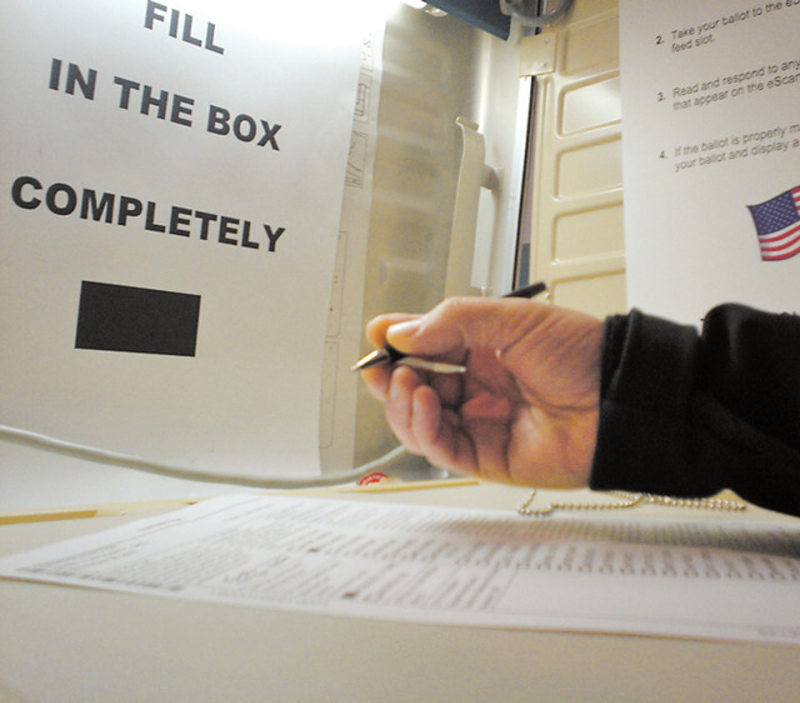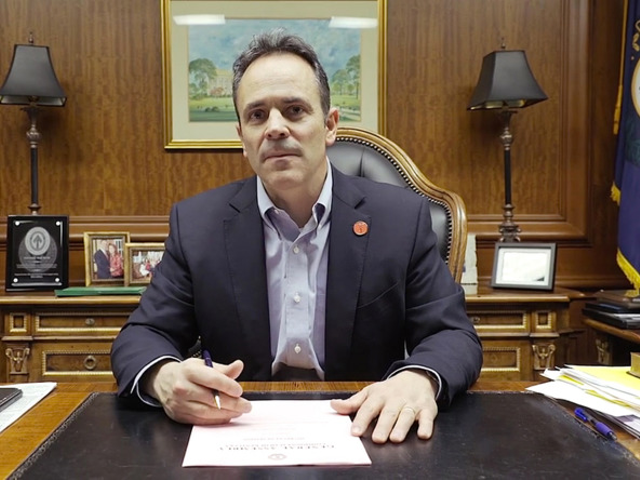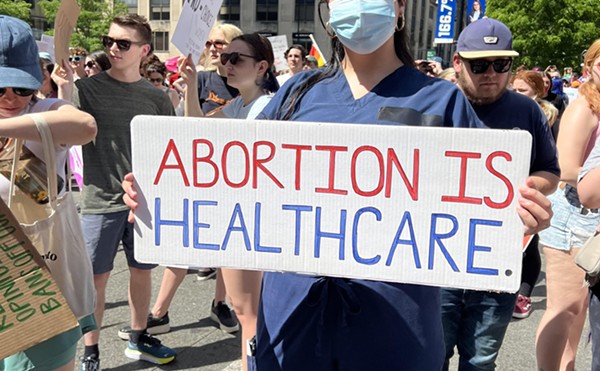This November, Ohio voters will decide on a referendum that sounds like a sure thing for passage: lower drug prices.
No, this isn’t a follow-up to last year’s marijuana measure, which failed anyway. The discount would only apply to drugs purchased by state employees and retirees and through state programs like Medicaid. An estimated 3.7 million Ohioans, close to a third of the state’s population, would directly benefit.
“If the voters approve this, it would not only lower prescription prices, it would save the state of Ohio a minimum of $400 million and up to $750 million a year for prescription drugs that they presently buy,” says Rick Taylor, a Los Angeles-based consultant to the group that put the measure on the ballot, Ohio Taxpayers for Lower Drug Prices.
The proposed savings would come from tying the state’s prescription drug purchases to rates paid by the Veterans Administration. The VA gets at least a 24 percent discount on the drugs it buys. Members of Congress have tried for years to leverage the government’s buying power for drugs in Medicare, but the pharmaceutical lobby is too strong.
Supporters of the so-called Ohio Drug Price Relief Act have been bankrolled by the AIDS Healthcare Foundation, which has offices in Columbus and Cleveland. They originally submitted their petition for a referendum in 2015.
Big business decided it didn’t like it. The Ohio Manufacturers’ Association, the Ohio Chamber of Commerce and Pharmaceutical Research and Manufacturers of America asked a state court to invalidate many of the petition’s signatures. Secretary of State Jon Husted did so on his own.
But last September, the Ohio Supreme Court ordered Husted to count 20,830 signatures that had been invalidated. Husted certified the petition that month. From there it was headed to the November 2017 ballot.
A similar ballot measure in California failed 54 to 46 percent last November. The drug industry spent heavily on lobbying and advertising to defeat it. Backers of the referendum in Ohio expect Big Pharma to wage a comparable total-war campaign over the next five months. An opposition group, Ohioans Against the Deceptive Rx Ballot Issue, has already filed registration papers with the state.
Ohio residents, like many Americans, have encountered extremely high prices for prescription drugs in recent years. Drug regimens costing in the tens of thousands of dollars for cancer, heart disease and other ailments have prompted consumer groups and lawmakers to press for relief. Drug makers argue that the high price tags reflect the cost of research and testing.
About 3 million Ohioans on Medicaid would be the biggest group to benefit from newly discounted prescription drugs. Others would include active and retired state employees, public university employees, workers’ compensation recipients and participants in the Ohio’s Best Rx program.
President Donald Trump himself promised in March to bring prescription drug prices “way down.” A Kaiser Family Foundation survey last month found that at least 60 percent of both Republicans and Democrats consider lower drug prices a top priority.
Taylor, the consultant, says the November ballot measure will help reverse the rise in pharmaceutical prices.
“This is good for every Ohioan,” he says. “Even if you don’t take medications, this is good for your state. This is going to save money — money that can come back to local communities and can be used on things that will benefit everyone’s everyday life.”
CONTACT JAMES MCNAIR: [email protected], 513-914-2736 or @jmacnews on Twitter






